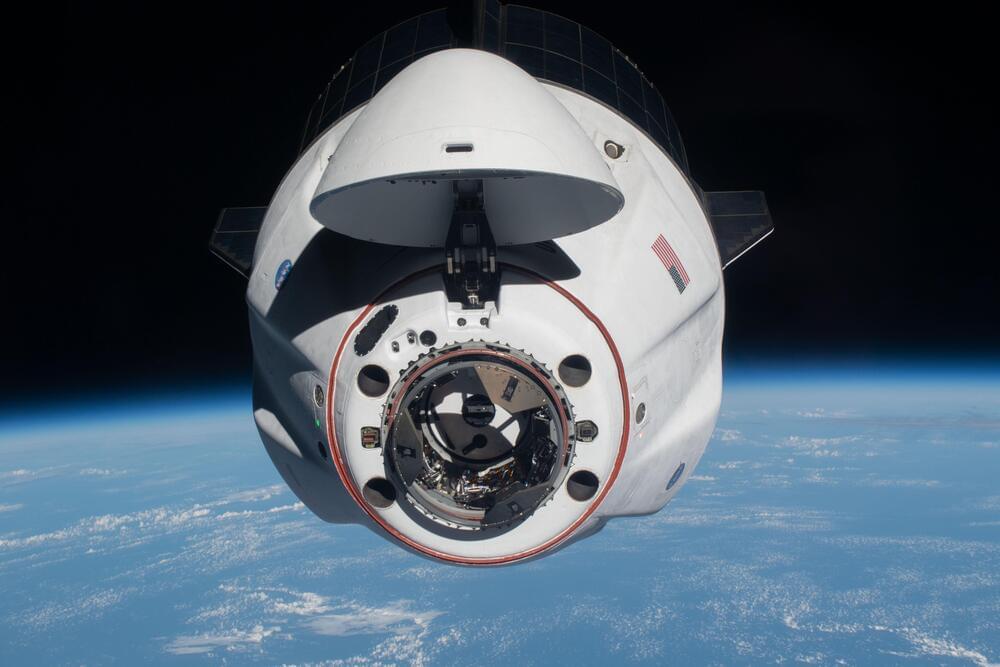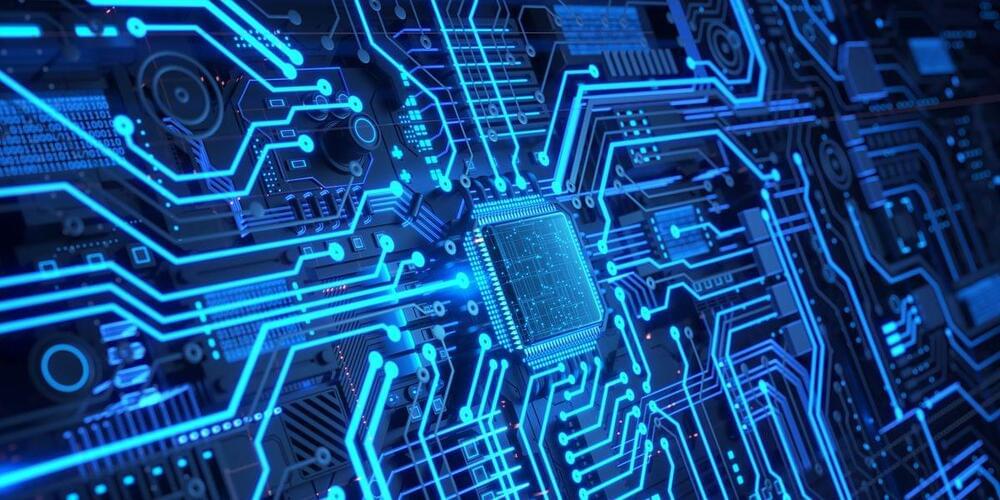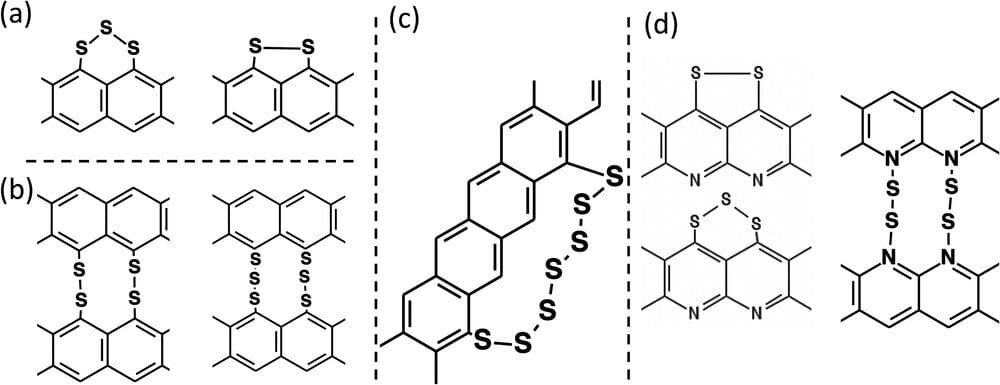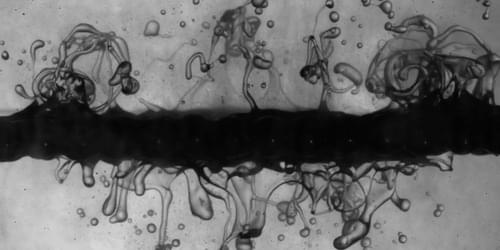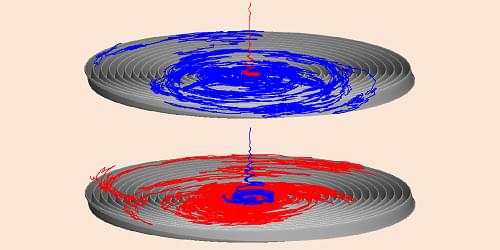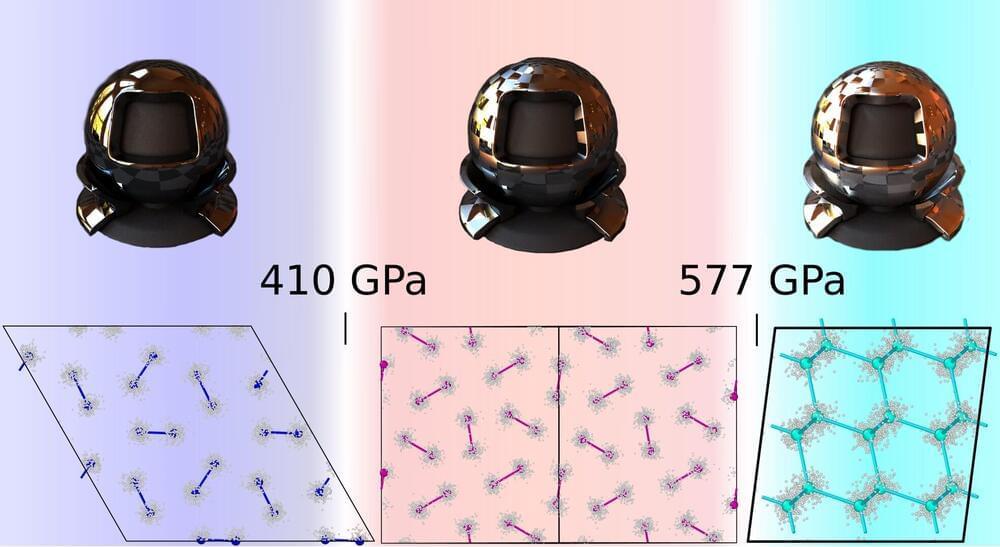To build a workforce that can meet the expected future demand in the quantum sector, we need to train many more quantum-literate educators and marshal support for them.
In 2018 the US federal government passed the National Quantum Initiative Act, a program designed to accelerate the country’s quantum research and development activities. In the next decade, quantum information science and quantum technologies are expected to have a significant impact on the US economy, as well as on that of other countries. To fulfill that promise, the US will need a “quantum-capable” workforce that is conversant with the core aspects of quantum technologies and is large enough to meet the expected demand. But even now, as quantum-career opportunities are just starting to appear, supply falls behind demand; according to a 2022 report, there is currently only around one qualified candidate for every three quantum job openings [1]. We call for education institutions and funding agencies to invest significantly in workforce development efforts to prevent the worsening of this dearth.
Most of today’s jobs in quantum information science and technology (QIST) require detailed knowledge and skills that students typically gain in graduate-level programs [2]. As the quantum industry matures from having a research and development focus toward having a deployment focus, this requirement will likely relax. The change is expected to increase the proportion of QIST jobs compatible with undergraduate-level training. However, 86% of QIST-focused courses currently take place at PhD-granting research institutions [3]. Very few other undergraduate institutions offer opportunities to learn about the subject. To meet the future need, we believe that aspect needs to change with QIST education being incorporated into the curricula at predominantly undergraduate institutions and community colleges in the US. However, adding QIST classes to the curricula at these institutions will be no easy task.

